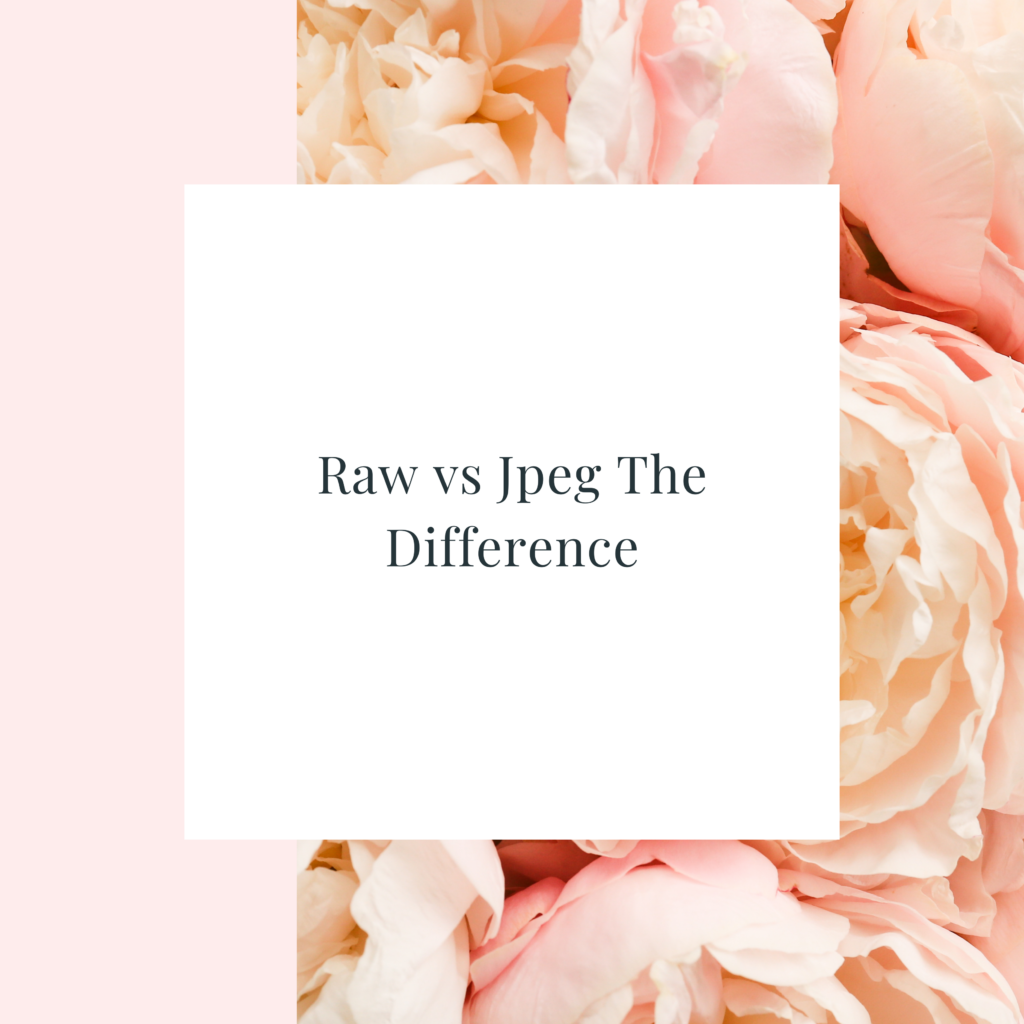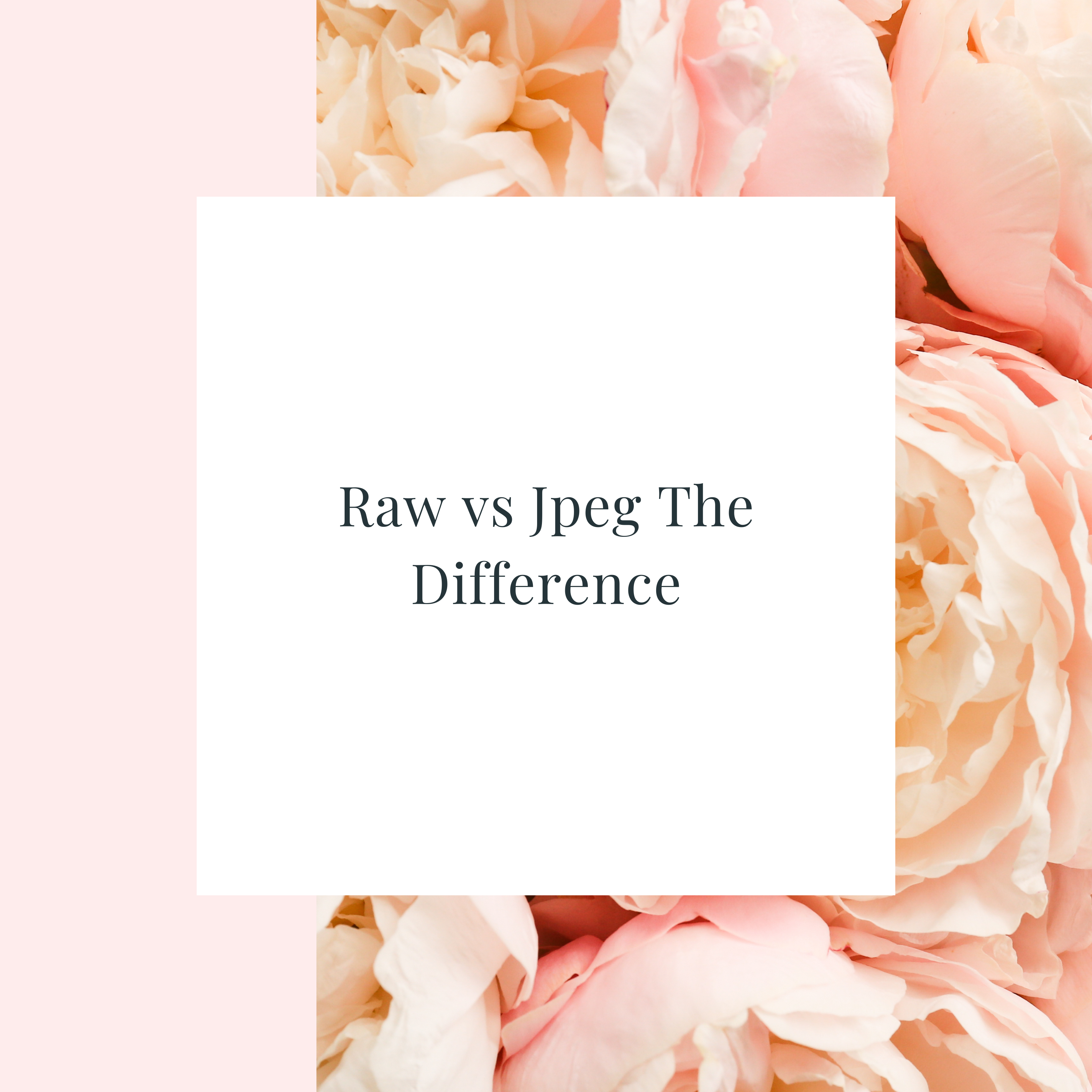Taylor Morton • October 17, 2023
Share it:

Welcome to the blog! In this blog, we’ll explore the difference between Raw and Jpeg formats in wedding photography. As a wedding photographer, you always strive to deliver the best to your clients. One way to achieve this is by shooting in Raw format. So, what’s the difference between Raw and Jpeg? And why should you prefer one over the other? Listen to find out
What is Raw and Jpeg?
Firstly, let’s begin by defining Raw and Jpeg. Raw is a file format that encapsulates all the data captured by the camera sensor in an uncompressed and unprocessed form. Jpeg, on the other hand, is a compressed file that discards some of the information to produce a smaller, processed file.
What is better Raw File or Jpeg File ?
Although Jpeg takes up less space on the memory card, in most wedding photography scenarios, shooting in Raw is the best option. This is because Raw files contain more information, which makes post-processing easier and more accurate. You can adjust exposure, white balance, and fine-tune other aspects of the image in software like Adobe Lightroom or Capture One, without losing quality. For wedding photography, you want your images to be perfect, and Raw gives you that flexibility.
Raw files have a better dynamic range
Secondly, Raw files offer a better dynamic range than Jpeg. Dynamic range refers to the range of tones from the brightest to the darkest areas of the image. Raw files allow you to recover shadow details that might have been lost in a Jpeg image by adjusting the brightness and contrast. This is particularly useful when the lighting at a wedding venue is insufficient, and you need to adjust exposure in post-processing.
Raw File Color Control
Thirdly, Raw files give you greater control over color. When shooting weddings, you want the color to be accurate and pleasing to the eye. Raw files allow you to fine-tune white balance, color temperature, hue, saturation, and luminance with ease. With Jpeg files, you’re somewhat limited in how much you can change the color before it looks unrealistic or unnatural.
Non – Destructive
Fourthly, Raw files are non-destructive and reversible. When you shoot in Jpeg, any adjustments you make to the image are permanent, and the quality deteriorates over time. You can undo or redo adjustments with Raw files and recover the original image if needed. This is important since weddings are a one-time event, and you want to get it right the first time.
Raw File size
Lastly, let’s talk about file sizes. Raw files are larger and take up more space than Jpeg files since they contain more information. Therefore, you may want to invest in larger memory cards or external hard drives if you decide to shoot in Raw. However, the benefits of shooting in Raw far outweigh the additional space requirements.
Conclusion
In conclusion, Raw and Jpeg formats have their uses in photography. However, for wedding photography, shooting in Raw offers the best flexibility, control, and quality. Raw files contain more information, better dynamic range, greater color control, and are non-destructive. So, whether you’re a seasoned wedding photographer or just starting, shooting in Raw should be your go-to format. Remember, you want to deliver the best to your clients, and Raw enables you to do just that. Happy shooting!
Listen to the podcast:
IF YOU LOVED THIS, YOU MAY ALSO LIKE:
3 Lessons About a Photography Business

Leave me a note!